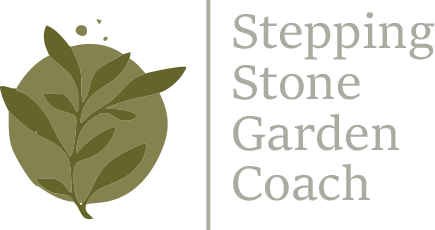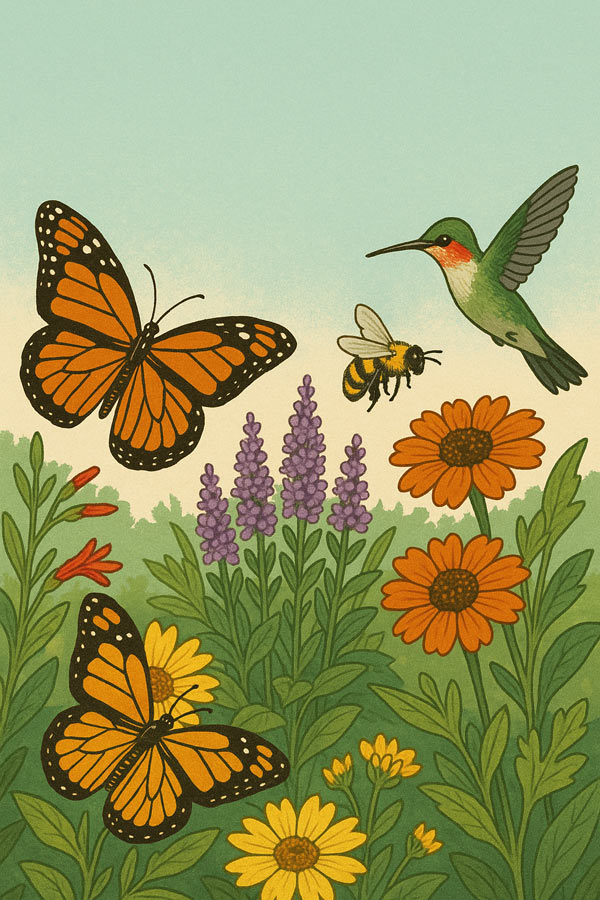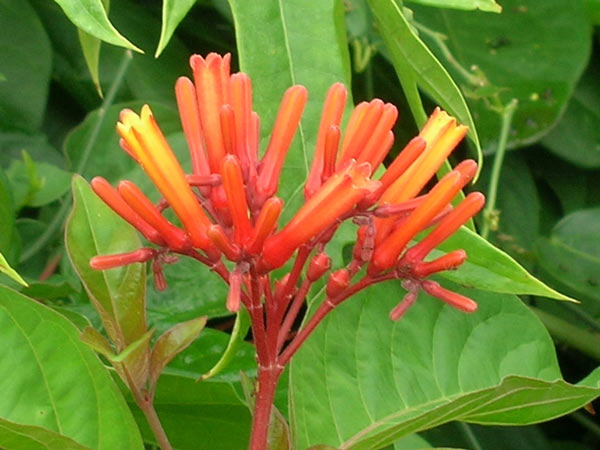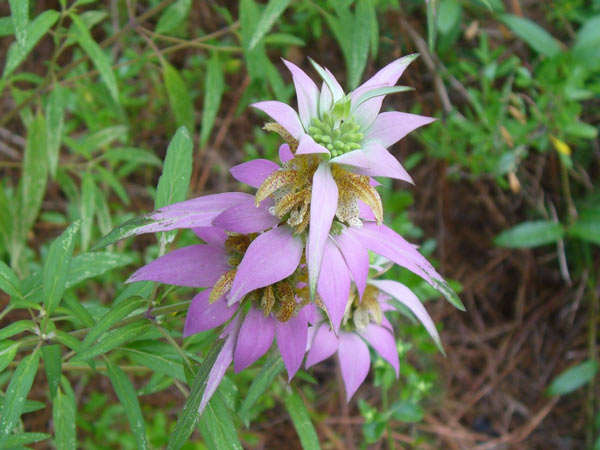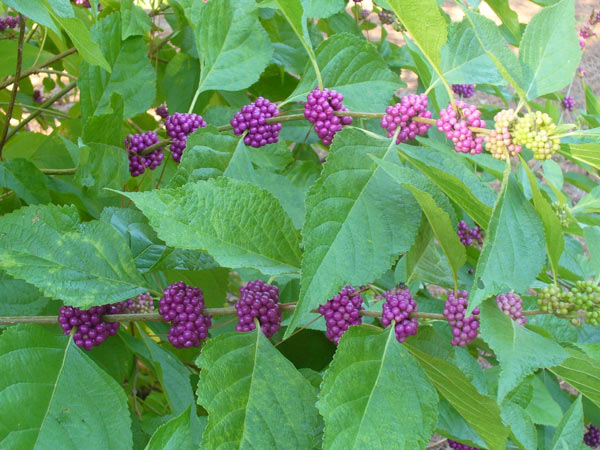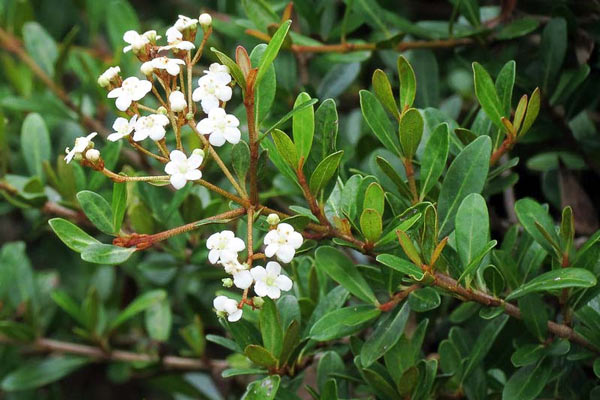If you’re dreaming of a buzzing, blooming garden that gives back to the ecosystem, you don’t need fancy fertilizers or exotic plants. You need the real locals: Florida native plants.
Creating a pollinator paradise in your backyard isn’t just about beauty—it’s about balance. Native plants feed our butterflies, bees, and birds in ways that imported ornamentals simply can’t. In Central Florida, where sandy soil and intense sun challenge even experienced gardeners, native plants are perfectly adapted to thrive and attract vital pollinators.
Here’s how to get started.
Know Your Pollinators
Florida’s native pollinators include:
Bees (like bumblebees, sweat bees, and leafcutter bees)
Butterflies (like the Zebra Longwing, Monarch, and Gulf Fritillary)
Hummingbirds
Moths, beetles, and even flies that play a surprising role
Design your garden with these creatures in mind—different species prefer different flower shapes, sizes, and bloom times.
Choose Native Plants that Bloom Across Seasons
Mix and match natives so there’s always something in bloom. Here are some Central Florida all-stars to consider:
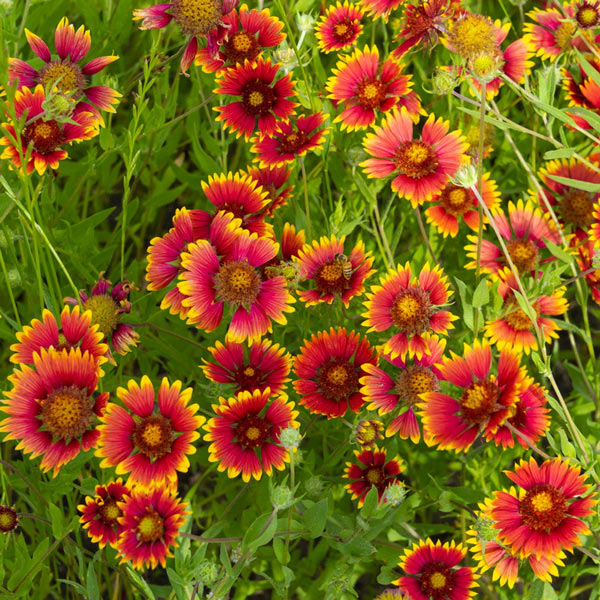 Blanketflower (Gaillardia pulchella)
Blanketflower (Gaillardia pulchella)
-
Pollinators Attracted: Bees, butterflies
-
Description: Vibrant red and yellow blooms that thrive in sandy soils and full sun.
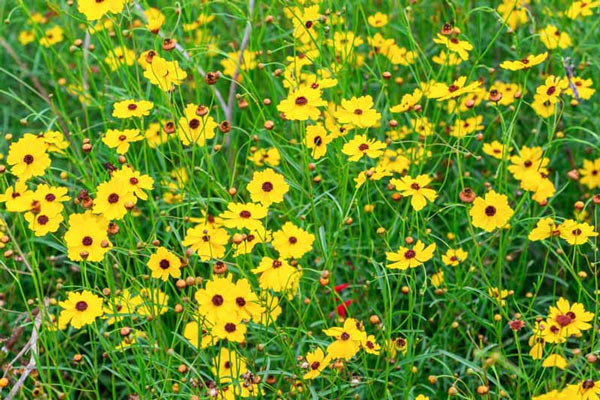
Leavenworth’s Tickseed (Coreopsis leavenworthii)
-
Pollinators Attracted: Bees, butterflies
-
Description: Florida’s state wildflower with bright yellow, daisy-like flowers.
Firebush (Hamelia patens)
-
Pollinators Attracted: Hummingbirds, butterflies
-
Description: Clusters of tubular red-orange flowers that bloom from late spring until the first frost.
Spotted Bee Balm (Monarda punctata)
-
Pollinators Attracted: Native bees, butterflies
-
Description: Aromatic plant with unique pink and purple bracts, thriving in sandy soils.
Butterfly Mil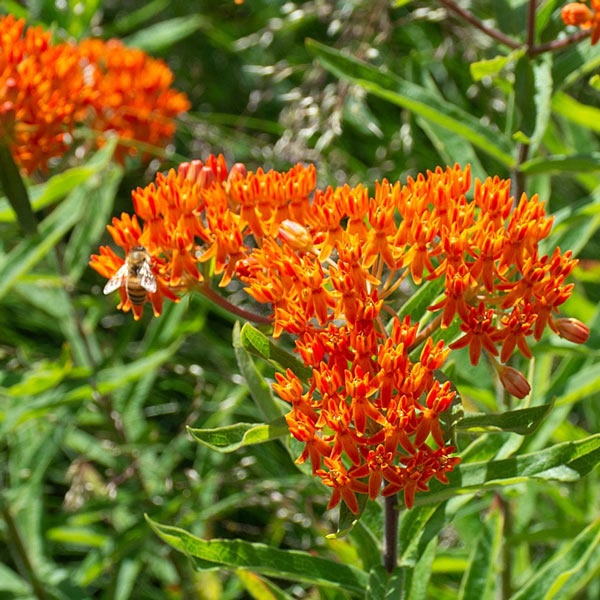 kweed (Asclepias tuberosa)
kweed (Asclepias tuberosa)
-
Pollinators Attracted: Monarch butterflies, bees
-
Description: Bright orange flowers that are a host plant for Monarch caterpillars.
American Beautyberry (Callicarpa americana)
-
Pollinators Attracted: Birds, pollinators
-
Description: Shrub with striking purple berries and light lavender flowers.
Walter’s Viburnum (Viburnum obovatum)
-
Pollinators Attracted: Bees, birds
-
Description: Evergreen shrub with small white flowers and red to black berries.
Skip the Pesticides
Even “natural” pesticides can be harmful to pollinators. Instead:
-
Encourage beneficial insects (like ladybugs)
-
Use neem oil sparingly and only in the evening
-
Handpick pests when possible
-
Accept a few chewed leaves—it’s a sign your garden is part of a living web
Think Beyond Flowers: Add Habitat
-
Leave some bare soil for ground-nesting native bees
-
Add a shallow water dish with pebbles for insects to land on
-
Plant densely and layer (trees, shrubs, groundcovers) for shelter and food at every level
Start Small—but Start Now
You don’t need to rewild your entire yard in one go. Even a small bed of natives can become a powerful pollinator hub. Add a plant or two each season and observe who visits. Once you start watching, you’ll notice just how alive your garden becomes.
Need Help Designing Your Pollinator Garden?
At Stepping Stone Garden Coach, I specialize in beginner-friendly garden design tailored to your Florida backyard. Whether you want to attract butterflies, grow herbs, or just bring more beauty into your space—I’d love to help.
📩 Schedule your consultation today
🌐 www.steppingstonegc.com
